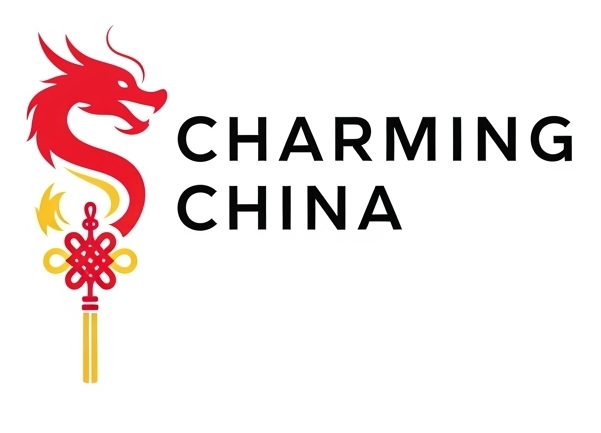Qipao & Modern Chinese Wear – Trace the evolution of China’s most iconic dress
Few garments represent China’s cultural identity as elegantly as the Qipao (旗袍), also known as the Cheongsam. With its high collar, fitted silhouette, and graceful lines, the Qipao has evolved from a symbol of tradition to an international fashion statement. Today, it remains one of the most iconic dresses in Chinese fashion, often worn on the global stage in film, art, and daily wear.

The Origins of the Qipao
- The Qipao emerged in the Qing Dynasty (1644–1912), originally as a loose robe worn by Manchu women.
- In the 1920s and 1930s, it was modernized in Shanghai, transforming into the form-fitting dress we recognize today.
- Its sleek design became a symbol of modern Chinese femininity during the Republic era.
Qipao Through the Decades
- 1920s–1930s: Slim, high-slit silhouettes represented women’s liberation in cosmopolitan Shanghai.
- 1950s–1970s: Simplified designs became common everyday wear.
- 1980s–1990s: The Qipao returned as a ceremonial and festive dress, especially in weddings and celebrations.
- Today: The Qipao is both heritage attire and a fashion-forward choice, appearing in films, runways, and global wardrobes.
Symbolism and Meaning
- High Collar: Elegance and modesty.
- Silk Fabric: Luxury, wealth, and artistry.
- Patterns: Peonies symbolize prosperity, dragons represent strength, phoenixes stand for beauty and rebirth.
Qipao in Modern Fashion
- Weddings: Brides often choose red or gold Qipaos for traditional Chinese ceremonies.
- Film & Pop Culture: Iconic films like In the Mood for Love made the Qipao a global style icon.
- Runway Influence: Designers worldwide adapt Qipao elements into haute couture and contemporary fashion.
- Daily Wear: Reformed Qipao designs feature softer fabrics, shorter cuts, and casual fits, making them versatile for everyday use.
The Evolution of Modern Chinese Wear
Alongside the Qipao, other styles such as Tang suits, reformed Hanfu, and contemporary fusion wear have emerged, reflecting a growing interest in traditional-meets-modern fashion. These styles highlight a balance of cultural heritage and global fashion trends.
The Qipao’s journey from Qing-era robes to modern global fashion highlights its enduring cultural and artistic value. More than just a dress, the Qipao is a reflection of China’s evolving identity—a garment that bridges the elegance of the past with the innovation of the present.
FAQ
Q1: What’s the difference between Qipao and Cheongsam?
They refer to the same dress—“Qipao” is Mandarin, while “Cheongsam” is from Cantonese.
Q2: Can Qipao be worn casually today?
Yes. Many designers create reformed Qipaos with modern fabrics and cuts for daily wear.
Q3: What fabrics are traditionally used for Qipaos?
Silk and brocade are the most traditional, though modern versions use cotton, linen, and blends.
Q4: Why is red Qipao popular in weddings?
Red symbolizes luck, happiness, and prosperity in Chinese culture.
Q5: Where can travelers experience Qipao culture in China?
Shanghai, Suzhou, and Beijing offer Qipao studios, museums, and shopping streets dedicated to traditional fashion.
